Sustainable Recycling: The Future of Warehousing Equipment
With advances in technology, warehouses are adopting solutions like robotic AI, IoT-based track and trace, and self-driving cars. These advances are transforming the face of warehouse operations, increasing efficiency while minimizing reliance on manual effort.
Smart material handling equipment integrated with real-time data analytics helps businesses forecast demand, streamline workflows, and enhance customer satisfaction. As sustainability is now a major concern, warehouses are also moving towards eco-friendly equipment and energy-efficient solutions to lessen their carbon footprint.
Manual Handling with Pallet Jacks and Hand Trucks
When it comes to moving large items, you inevitably require a forklift, but smaller material movers like pallet jacks also need to be in place to maneuver them into tight areas. Manual and electric models, pallet jacks allow warehouse workers to transport palletized goods without having to require a forklift. Load plastic is on the other side, are handy for carrying smaller easy catwalk and unloading workers more physical strain.
The best thing about these tools is they are useful for warehouse use, especially in places where space is a constraint or if forklifts would not be applicable. Not only will the use of quality pallet jacks and hand trucks help streamline your process, you will also reduce the risk of injury due to manual lifting.
Shipping Stations and Workbenches
Packing stations are an essential component of order fulfillment, where products are packaged securely prior to shipment. All tools and materials that may be used in the packing station such as packing tape, cushioning as well as barcode scanner must be placed in a well-designed packing station. Warehouse efficiency can be automated so with an organized packing area, the packing process can be not only productive but less packing errors can be made.
Workbenches and other warehousing equipment provide similar functions as tables do in the heavier aspects of warehousing, where product assembly, quality control, or repair work is common. Ergonomic adjustable workbenches create comfort for employees, reducing fatigue and improving efficiency.
Automated Storage and retrieval systems (AS/RS)
Automatic technology has made many warehouses auto-invested to improve efficiency. AS/RS systems employ robotic and computer controlled machines to automatically retrieve and store products with minimal human involvement. These systems provide enhanced accuracy, reduce time taken for inventory processes, and avoid overworking humans with labor-intensive tasks.
AS/RS is particularly advantageous in high-density storage environments where space optimization is a key concern. Automation can require a substantial initial investment, but it can deliver long-term benefits in the form of reduced labor costs, enhanced accuracy, and better inventory tracking.
Safety Gear and Equipment for Warehouse Employees
Safety always comes first in any warehouse environment. Purchasing appropriate safety equipment and engaging in due process significantly reduces the chances of accidents, creating a safe working environment. Safety gear (helmets, gloves, high-visibility vests, etc.) Furthermore, emergency exits, fire extinguishers, and first aid stations should all be placed where they are easy to access in a warehouse.
Investing in safety gear is just as important as offering your employees training on how to use equipment properly and understand warehouse safety standards. Periodic safety drills and assessments both look to avert workplace hazards and ensure compliance with industry standards.
These include Warehouse Management Systems (WMS)
Adopt Warehouse Management System process in fast-paced logistics environment. WMS also facilitates tracking inventory across time, managing stock level, and enhancing order precision. With the integration of a WMS with warehousing equipment, businesses can enhance the supply chain, ensuring more strategic operations.
Incorporating modern WMS solutions equipped with advanced features, along with automated stock replenishment, barcode scanning, and predictive analytics. A WMS automates processes, minimizes human error, enhances visibility to the movement of inventory, and improves overall decision making capabilities.
Bottom line
The right warehousing equipment for your needs is essential to your overall productivity and process efficiency in the warehouse. Whether forklifts, conveyor systems, or automated storage solutions, each class of equipment serves a specific purpose in improving the overall workflow efficiency. Stay tuned for the following part of this evolving journey, which takes place in the third largest building in the world and introduces an intelligent automated fulfillment process.
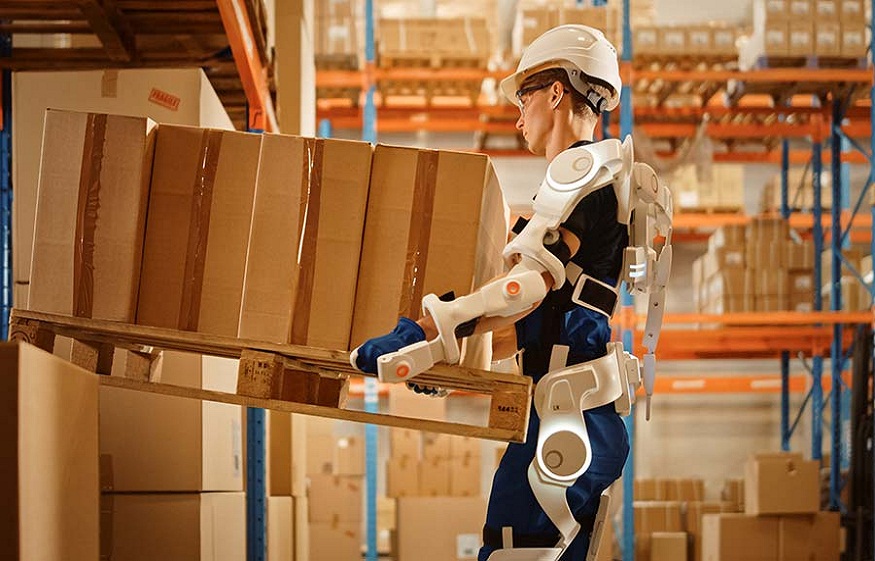

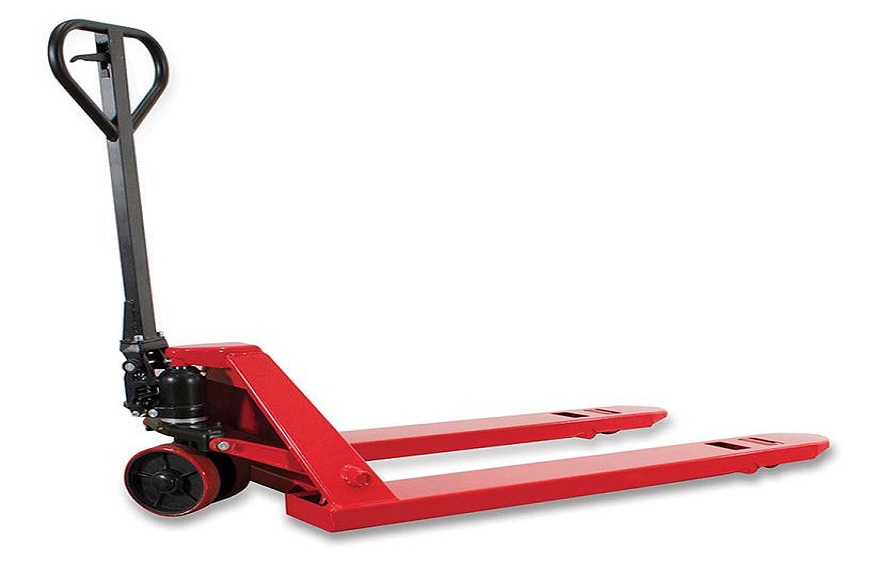
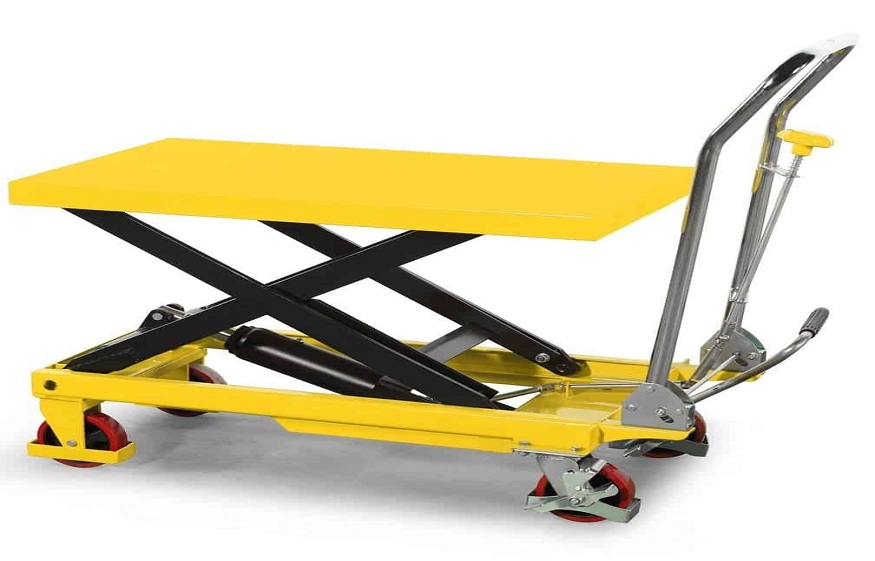




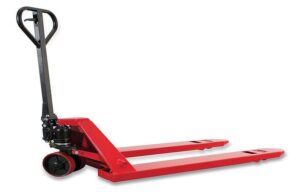
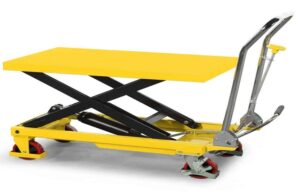




Post Comment
You must be logged in to post a comment.